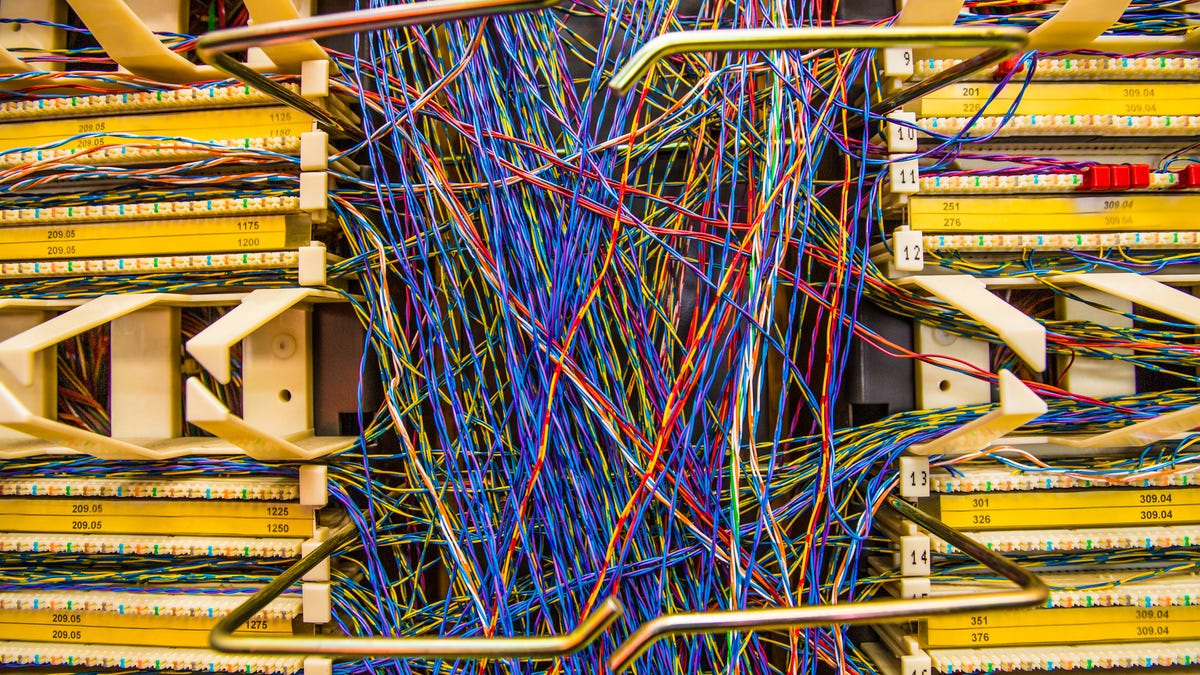Quic gives the internet's data transmission foundation a needed speedup
It's been eight years since Google first announced the technology to replace the internet's seminal TCP standard.

One of the internet's foundations just got an upgrade. Quic, a protocol for transmitting data between computers, improves speed and security on the internet and can replace Transmission Control Protocol, or TCP, a standard that dates back to Ye Olde Internet of 1974.
Earlier this week, the Internet Engineering Task Force, which sets many standards for the global network, published Quic as a standard. Web browsers and online services have been testing the technology for years, but the IETF's imprimatur is a sign the standard is mature enough to embrace fully.
It's extremely hard to improve the internet at the fundamental level of data transmission. Countless devices, programs and services are built to use the earlier infrastructure, which has lasted decades. Quic has been in public development for nearly eight years since Google first announced Quic in 2013 as an experimental addition to its Chrome browser.
But upgrades to the internet's foundations are crucial to keep the world-spanning communication and commerce backbone humming. That's why engineers spend so much effort on titanic transitions like Quic, HTTPS for secure website communications, post-quantum cryptography to protect data from future quantum computers, and IPv6 for accommodating vastly more devices on the internet.
"The internet transport ecosystem has been ossified for decades now," Jana Iyengar, an engineer who helped lead Quic standardization at internet infrastructure company Fastly, said in a blog post. "Quic is poised to lead the charge on the next generation of internet innovations."
In a 2017 research paper on Quic, Google said its in-house version of the technology cut the wait for web search results by 8% on PCs and 4% on phones. The time that people wasted on YouTube buffering -- waiting for video to catch up to playback -- dropped 18% for PC users and 15% for mobile users.
Upgrading TCP
Transmission Control Protocol governs how data is sent from one computing device to another across the internet. TCP and Quic work in conjunction with another seminal standard, IP, short for Internet Protocol. TCP controls how data is broken up into packets that are individually addressed, sent across the internet's routing infrastructure and then reassembled at the other end of the connection.
This diagram of a packet switching network appears in the 1974 paper by Vint Cerf and Bob Kahn describing what became the TCP/IP technology for transferring data reliably across the internet.
It's TCP's job to make the internet resilient enough to withstand nuclear attacks. Among other things, TCP handles how connections are established and how to recover data packets that are lost in transmission.
Quic is designed to do the same tasks, but better. It co-opts another internet standard, called UDP (User Datagram Protocol), that's faster than TCP but lacks TCP's mechanism to recover lost packets. Quic has its own separate recovery mechanism that's faster than TCP's. (When Google first announced Quic, the company said it stood for Quick UDP Internet Connection, but the IETF standard says Quic isn't an acrnoym.)
Quic is also faster at setting up encrypted connections, an important consideration since Quic, like TCP before it, is a foundation of the HTTP standard your browser uses to fetch web pages. At the full scale of the internet, little delays add up to a big problem.
Quic should handle network changes more gracefully, like when you leave your home Wi-Fi and start using your phone's cellular network.

